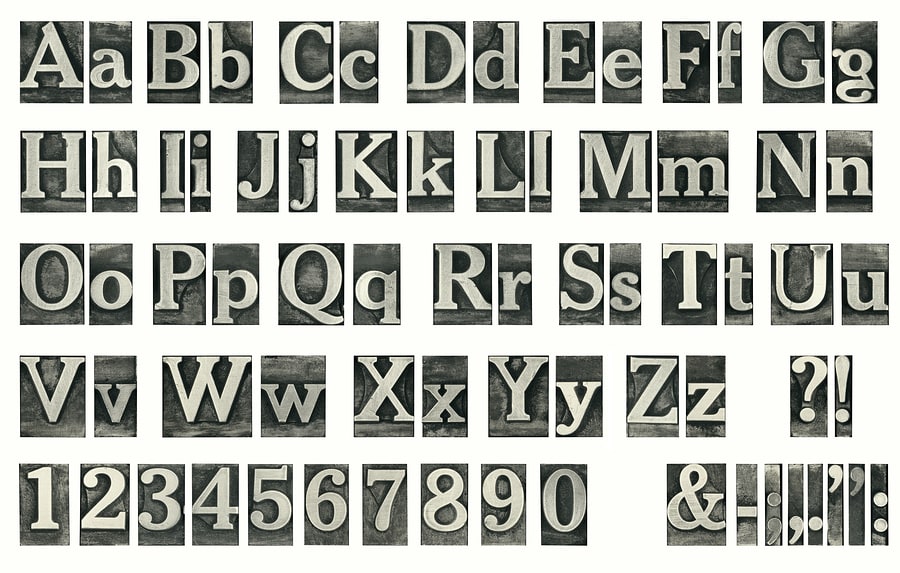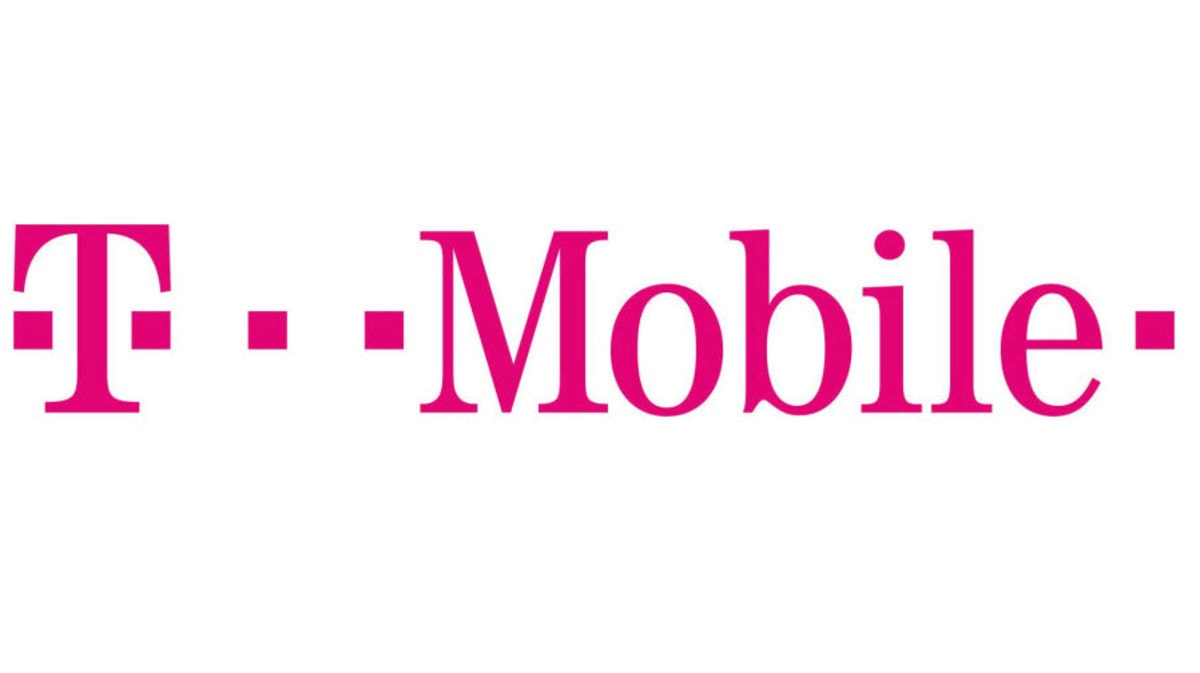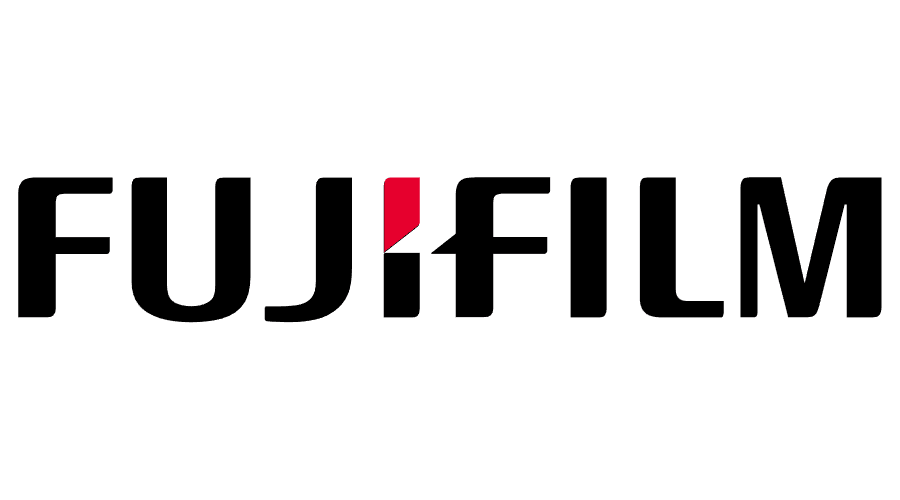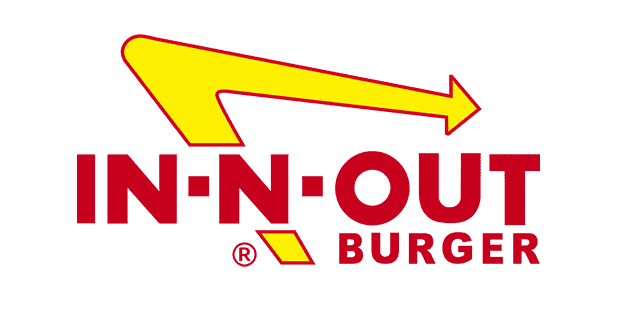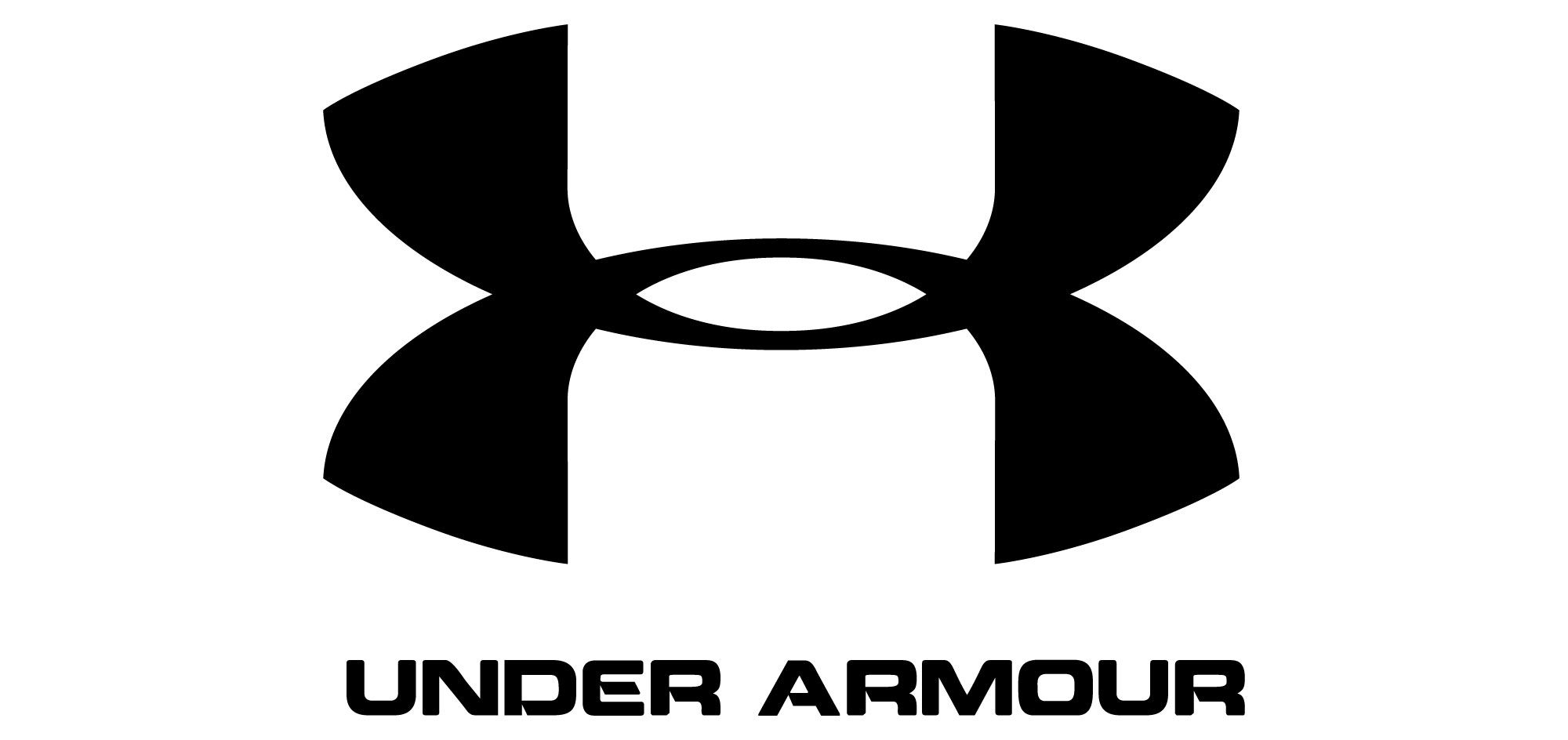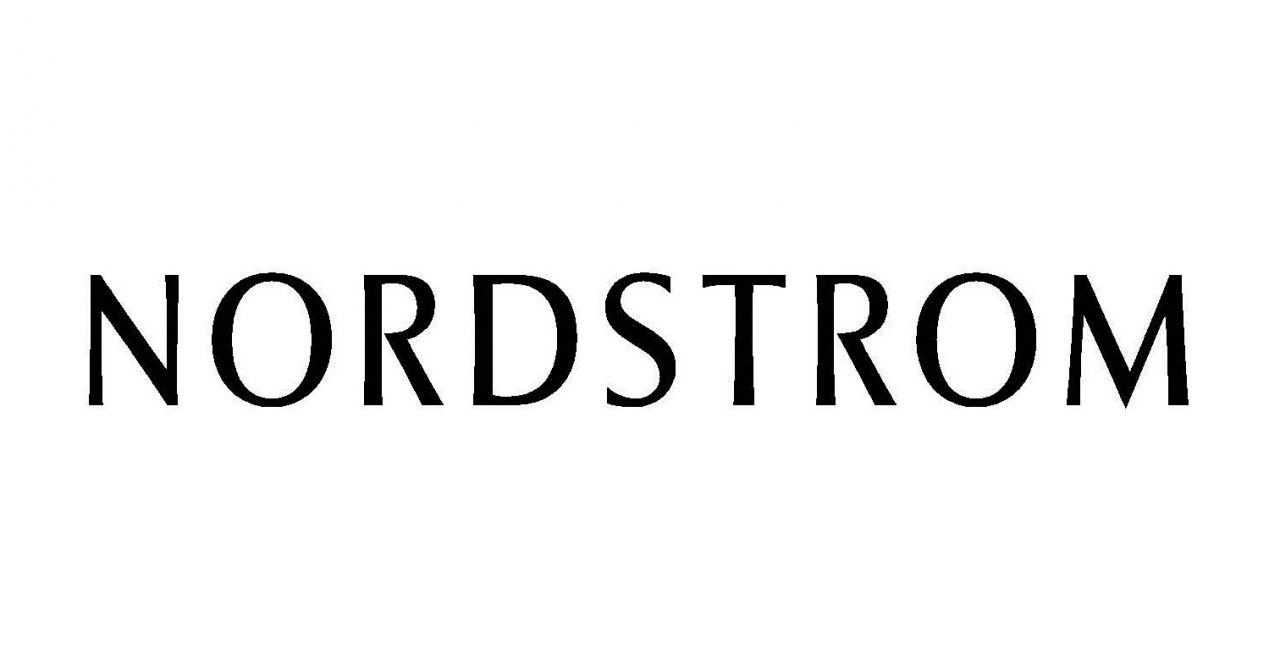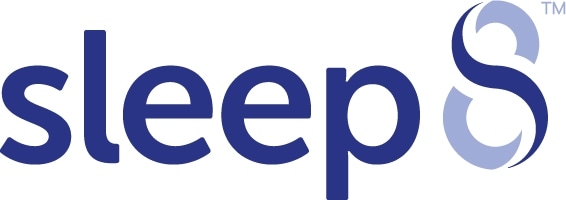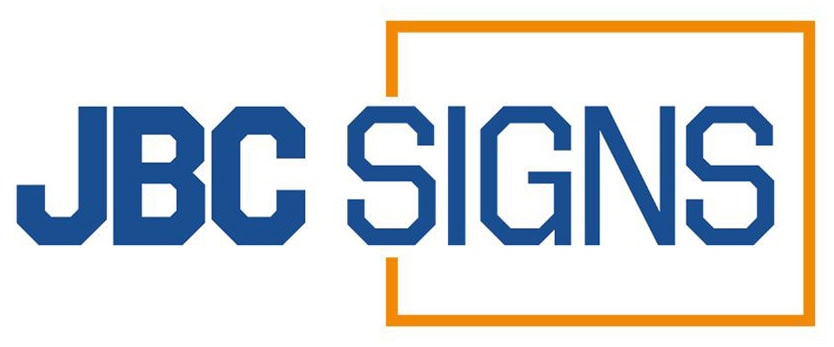Key Takeaways
- Reflect Your Brand's Personality
Choose a font that aligns with your brand’s identity, whether formal, playful, or bold. Serif fonts suggest tradition, while sans-serif feels modern. A well-matched typeface strengthens brand recognition. - Ensure Legibility and Readability
Your font should be easy to read at all sizes, from logos to body text. Avoid overly decorative or script fonts that reduce clarity. A clean, readable typeface improves communication. - Consider Font Categories and Their Connotations
Serif fonts convey elegance and tradition, while sans-serif offers a sleek, modern look. Script fonts feel personal, while display fonts make a bold statement. Each category evokes a unique emotion. - Limit the Number of Fonts Used
Stick to 2-3 fonts to maintain a cohesive and professional appearance. Too many fonts create inconsistency and confusion. A primary and secondary font combination keeps branding clean. - Test for Scalability and Versatility
Fonts should look great on all platforms, from business cards to billboards. Test them in different sizes to ensure clarity. A scalable typeface keeps branding consistent across mediums.
From professional service businesses that use Comic Sans or Papyrus to children’s businesses that choose an old-fashioned slab-serif font, there are numerous cases in which businesses choose fonts that simply don’t match their brand values.
Choosing an appropriate typeface is one of the most important aspects of effective design, but it’s one that many businesses – from retail chains to service businesses and technology companies – overlook or get completely wrong.
Some typefaces are utilitarian and simple, while others are traditional, with a long history of use in newspapers and magazines. Other typefaces are stylish and highly expressive, while even more typefaces are safe and reliable.
The typeface that you choose to use in your corporate branding has a huge effect on more than just the readability of your signs and brochures – it also affects the view that people have of your brand.
In this guide, we’ll share four tips that you can use to select a typeface – or typeface combination – that matches your brand’s values, presents the best possible image of your business to your target audience and attracts the right kind of attention.
When in doubt, choose a simple typeface
One of the biggest mistakes small business owners make is assuming that their logo needs to use a memorable typeface. Try to think of the last 10 corporate logos you remember. Did any of them use an interesting or remarkable typeface?
Large companies like Nike, Apple and Microsoft all use relatively simple typefaces in their branding. The reason for this is that simple, “safe” typefaces appeal to a wider range of audiences than interesting and unique typefaces.
If your business sells a product or service that appeals to a wide audience, choose a typeface that’s safe and simple. Typefaces that appeal to one part of your audience could alienate another, reducing the total value of your brand.
Use multiple similar typefaces for consistency
For most companies, one typeface just isn’t enough. Since the average brochure or advertisement includes a heading, subheading, paragraph copy and a call to action, it’s important to use at least two different fonts for readability.
When you use more than one typeface in an advertisement, it’s important that the two or more typefaces you choose use a similar (but slightly different) style so that they’re easy to group and read together.
A geometric sans-serif font might look great for headings, but it will clash with a slab serif font that’s used for copy. Choose two fonts from the same category so that your content and headings are both as readable and consistent as possible.
Use contrast to differentiate between heading and copy
If you’re designing an ad that’s light on text and heavy on aesthetics, using two fonts that deliberately contrast with each other – for example, a modern sans serif font as a title font and a traditional serif font for copy – can be a great idea.
This deliberate use of contrast makes both your heading and your copy stand out by emphasizing the difference between the two elements. This can make your signage, brochure or advertisement more visually appealing and eye catching.
It’s important to use two fonts that contrast but don’t completely clash. Fonts with a single shared element, such as weight or spacing, generally work better for contrast than fonts with no shared design elements at all.
Avoid using fonts that compromise readability
Some fonts are amazingly stylish and unique but difficult to read, making them only suitable for short headings and snippets of text. Many businesses, especially theme businesses, overuse these fonts in their marketing materials.
Fonts with huge serifs or quirky letter design can look great when used for a short heading, but are terrible for readers to decipher when they’re used in a large block of paragraph copy, especially in a small font size.
Don’t be afraid to use charismatic fonts in headings, but avoid using them for body text or dense copy. The content of your copy is more important than its style, which is why readability should always be your top priority when choosing a typeface.
FAQs
- How do I choose a font that fits my brand?
Consider your brand’s tone and values when selecting a font. A luxury brand might use elegant serifs, while a tech company may prefer clean sans-serif. Fonts should reinforce brand identity. - Why is readability important in font selection?
Readable fonts make information easy to absorb, improving user experience. Small, thin, or overly decorative fonts reduce clarity. A well-chosen font ensures accessibility and professionalism. - What font categories work best for branding?
Serif fonts feel classic, sans-serif looks modern, and script fonts add personality. Display fonts create bold impact but should be used sparingly. Each type sets a different brand mood. - How many fonts should I use in branding?
Stick to a primary and a secondary font, plus an optional accent font. Too many fonts can make branding look messy. A simple font combination keeps designs polished and professional. - How do I test if a font is scalable?
Try using the font in different sizes on various materials. A good font should remain clear and legible on small business cards and large banners. Testing ensures consistent branding everywhere.

